Dracula by Bram Stoker - Dracula Study Companion
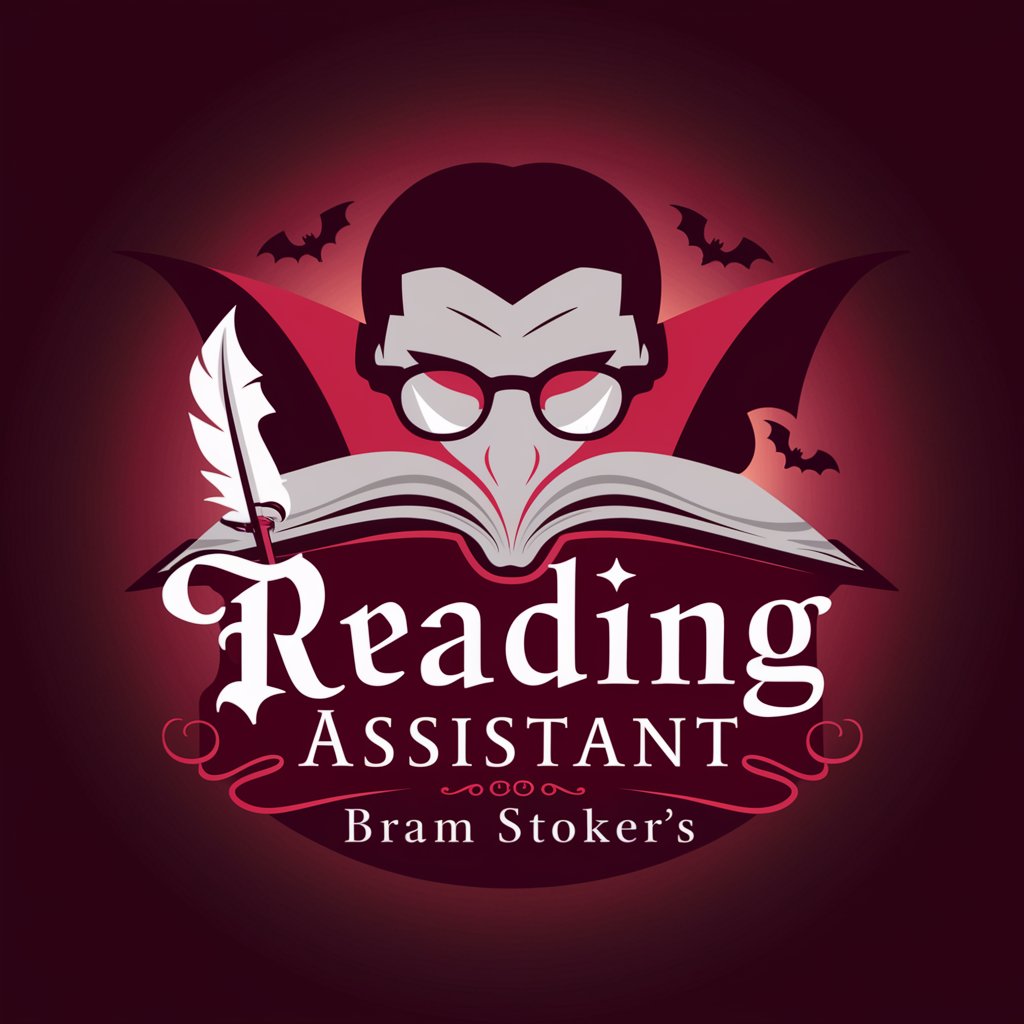
Hello, ready to explore the depths of Dracula?
Unlock the Mysteries of Dracula with AI
Explore the depths of Victorian fears and superstitions...
Dive into the thrilling chase across Transylvania...
Unravel the complex relationship between Dracula and his victims...
Examine the clash between science and superstition in 'Dracula'...
Get Embed Code
Dracula by Bram Stoker: An Overview
Bram Stoker's 'Dracula' is a seminal work of Gothic horror that introduced one of literature's most enduring characters, Count Dracula. Published in 1897, the novel is a complex narrative, told through letters, diary entries, newspaper articles, and telegrams, weaving a rich tapestry of themes including horror, love, bravery, and the battle between good and evil. The story begins with Jonathan Harker's visit to Transylvania to assist Count Dracula with a real estate transaction, only to discover Dracula's true vampiric nature. As Dracula moves to England in search of new blood, a group of individuals, led by Professor Abraham Van Helsing, come together to stop him. Stoker's novel is not just a horror story but a window into the Victorian psyche, exploring themes of sexuality, technology, and immigration. Powered by ChatGPT-4o。

Key Functions and Use Cases of Dracula by Bram Stoker
Exploration of Victorian Society
Example
Through its characters and settings, 'Dracula' explores the anxieties of Victorian England, including fears of the unknown, sexual repression, and the impact of modern science.
Scenario
In a classroom setting, educators can use 'Dracula' to discuss Victorian culture, comparing it to contemporary issues, fostering critical thinking and analysis among students.
Examination of Good vs. Evil
Example
The novel pits the pure evil of Dracula against the collective good of the characters allied against him, offering a rich field for exploring moral and philosophical questions.
Scenario
Book clubs and discussion groups can delve into the ethical dilemmas and moral conflicts within the novel, using them as a springboard for broader discussions about the nature of good and evil.
Study of Narrative Techniques
Example
Stoker's use of multiple narrative voices and epistolary format provides an excellent study in the use of perspective and voice in storytelling.
Scenario
Writers and literature students can analyze Stoker's narrative techniques to understand how perspective shapes a story, enhancing their own writing or academic studies.
Ideal Users of Dracula by Bram Stoker
Educators and Students
Teachers and students of literature, history, and cultural studies will find 'Dracula' a rich resource for exploring the intersection of literature and society, narrative structure, and the evolution of the horror genre.
Horror and Gothic Literature Fans
Aficionados of horror and Gothic literature will appreciate 'Dracula' for its foundational role in the genre, offering deep dives into its themes, characters, and influence on subsequent literature and popular culture.
Researchers and Academics
Scholars interested in the Victorian era, Gothic literature, and cultural studies can utilize 'Dracula' as a primary source to investigate the societal anxieties and themes of the period.

Utilizing 'Dracula by Bram Stoker' as a Reading Assistant
Start Your Journey
Begin by accessing a platform offering AI-driven literature assistance, such as yeschat.ai, which provides a free trial without the need for login or subscription to premium services.
Explore the Tool
Familiarize yourself with the interface and features specific to 'Dracula by Bram Stoker', ensuring you understand how to navigate the tool and access its resources.
Define Your Objective
Identify what you aim to achieve using the tool, whether it's gaining a deeper understanding of the novel, exploring thematic elements, or seeking inspiration for academic or creative writing.
Engage with the Content
Utilize the tool to read, analyze, and interpret 'Dracula by Bram Stoker', taking advantage of features like thematic analysis, character exploration, and historical context insights.
Apply Insights
Incorporate the knowledge and insights gained from the tool into your projects or studies, enhancing your engagement with the literature and its broader implications.
Try other advanced and practical GPTs
Calculus Made Easy By Silvanus P. Thompson
Making Calculus Approachable with AI
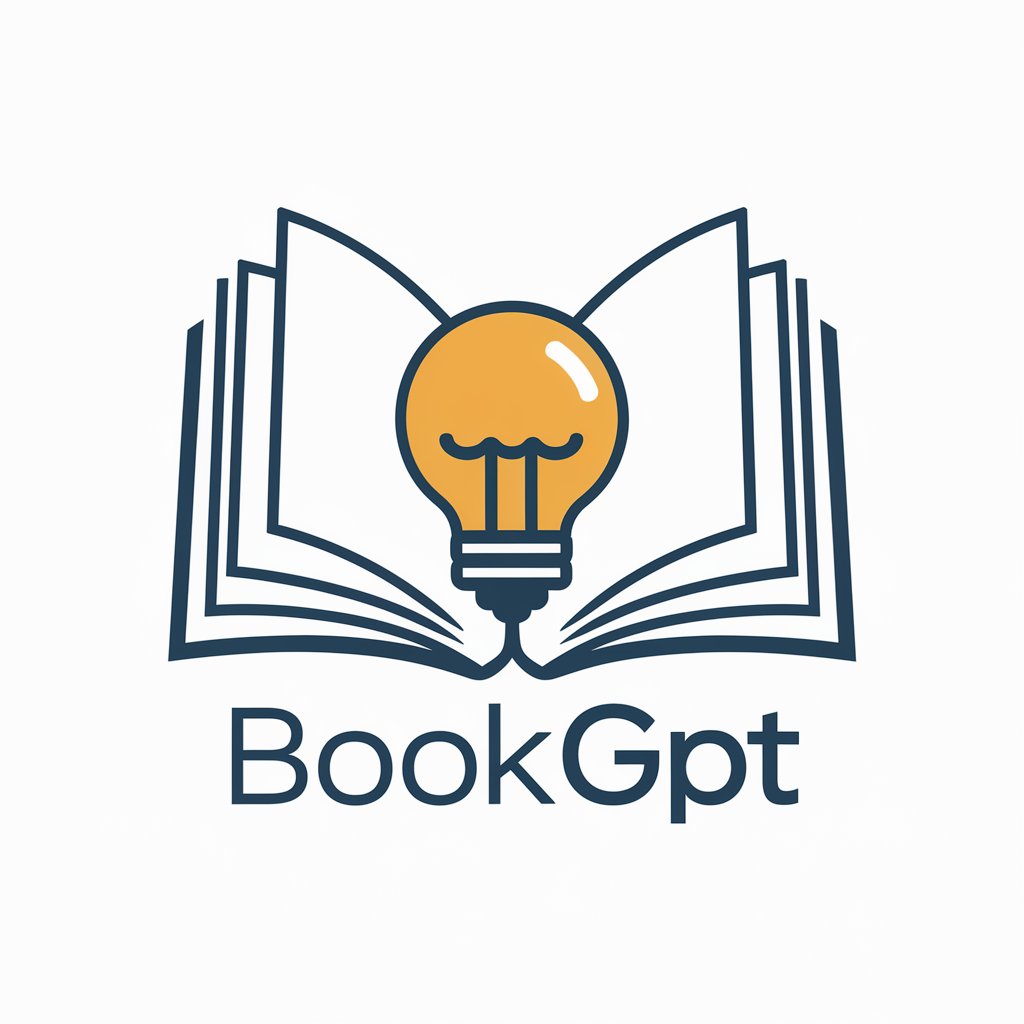
Alice's Adventures in Wonderland
Discover, Explore, and Analyze Wonderland
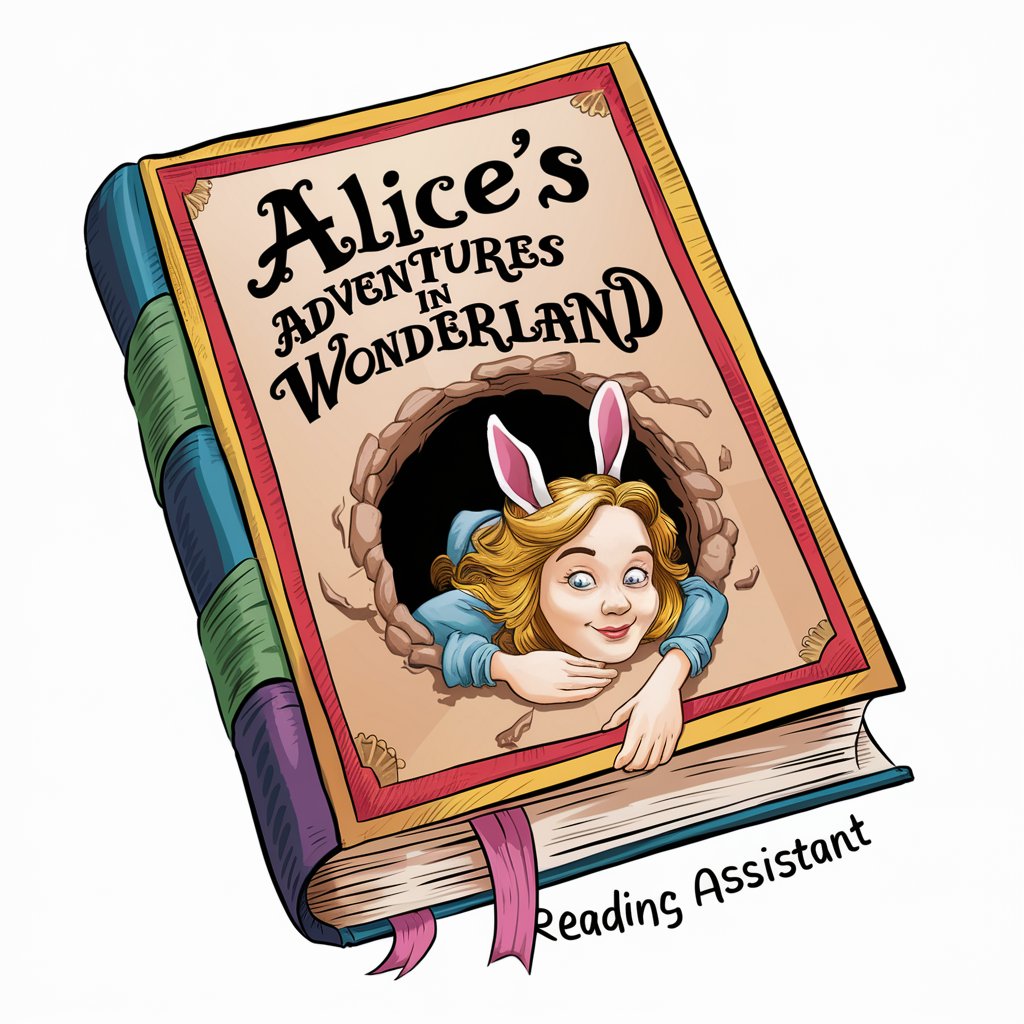
a-modest-proposal-by-jonathan-swift
Deciphering Swift's Satire with AI
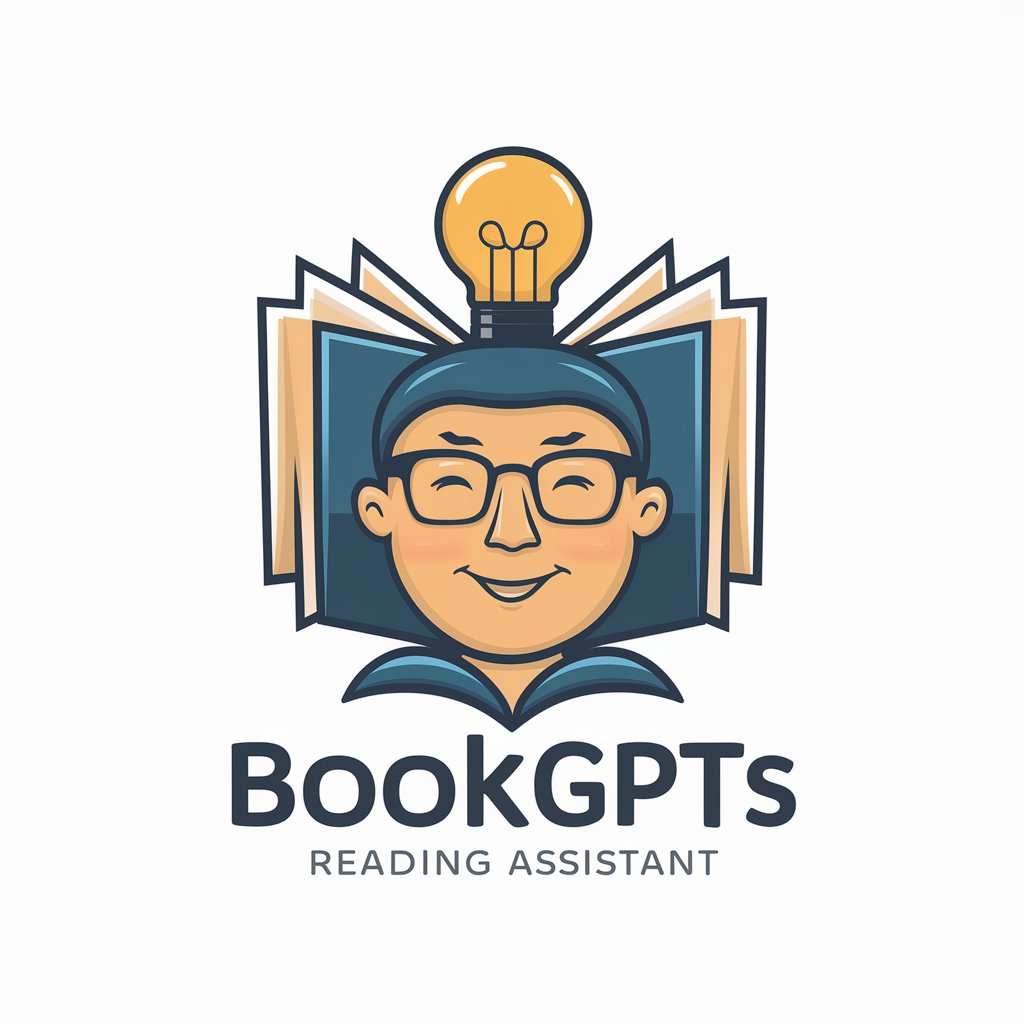
A Christmas Carol' - Charles Dickens
Revolutionizing Dickens' reading with AI
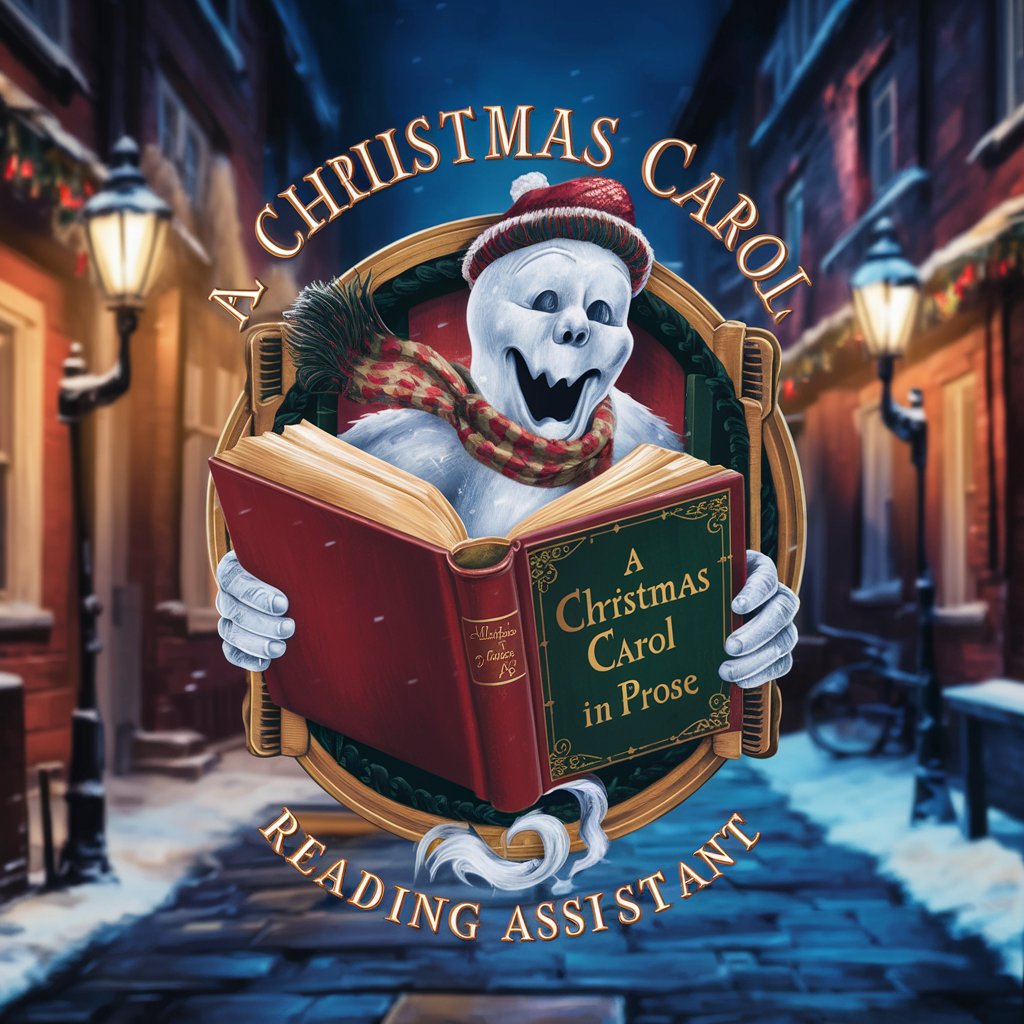
Redesign Resume/CV
Revolutionize Your Resume with AI

A&B Summarize!
Distilling Knowledge with AI Precision
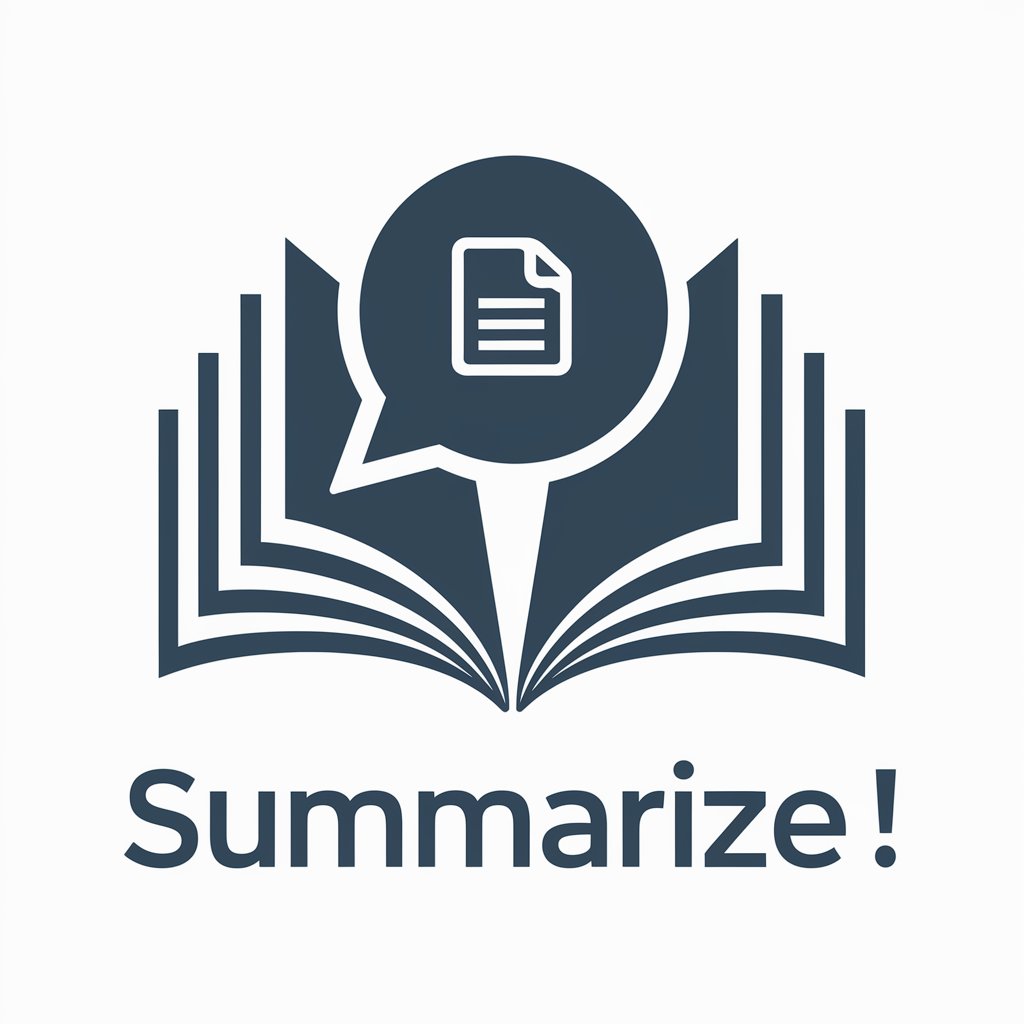
Frankenstein by My BookGPTs
Elevating Literature with AI Insight
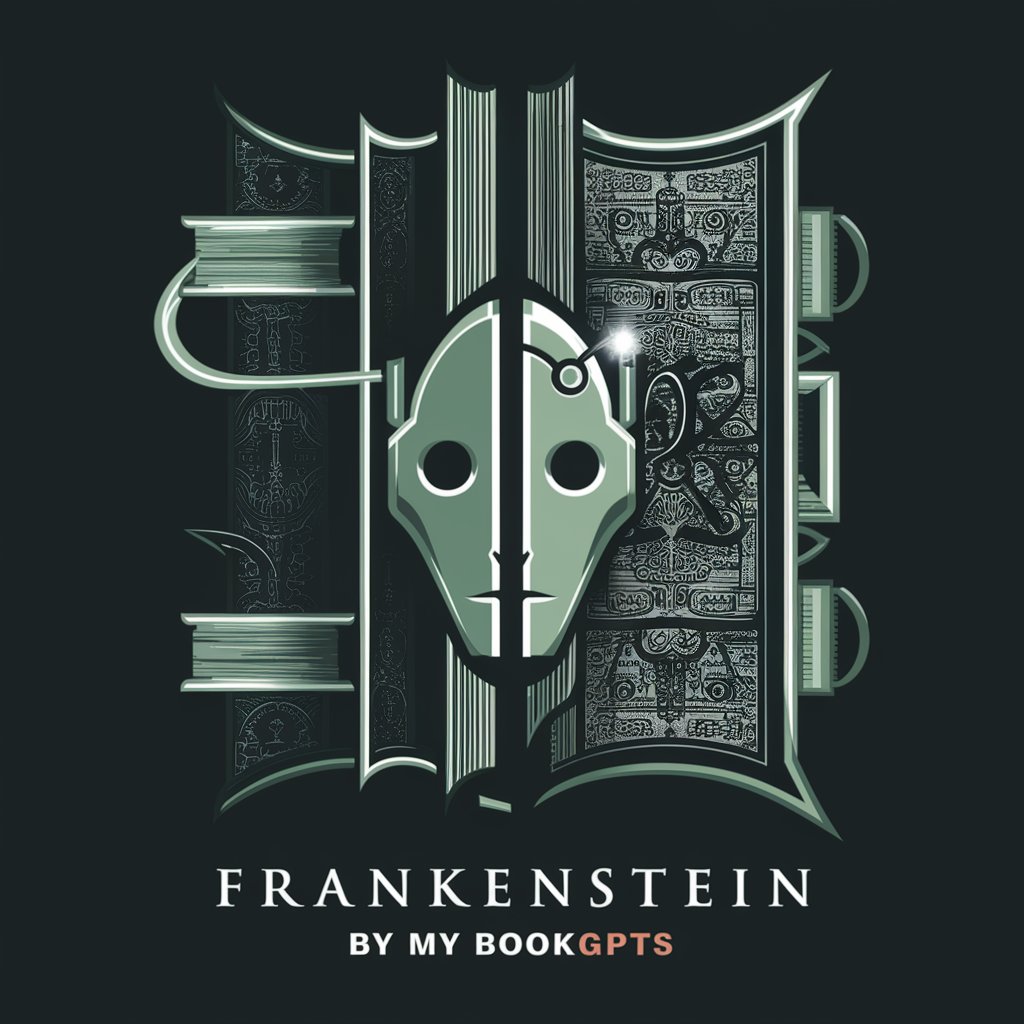
Pride and Prejudice by Jane Austen - My BookGPTs
AI-powered insight into classic literature
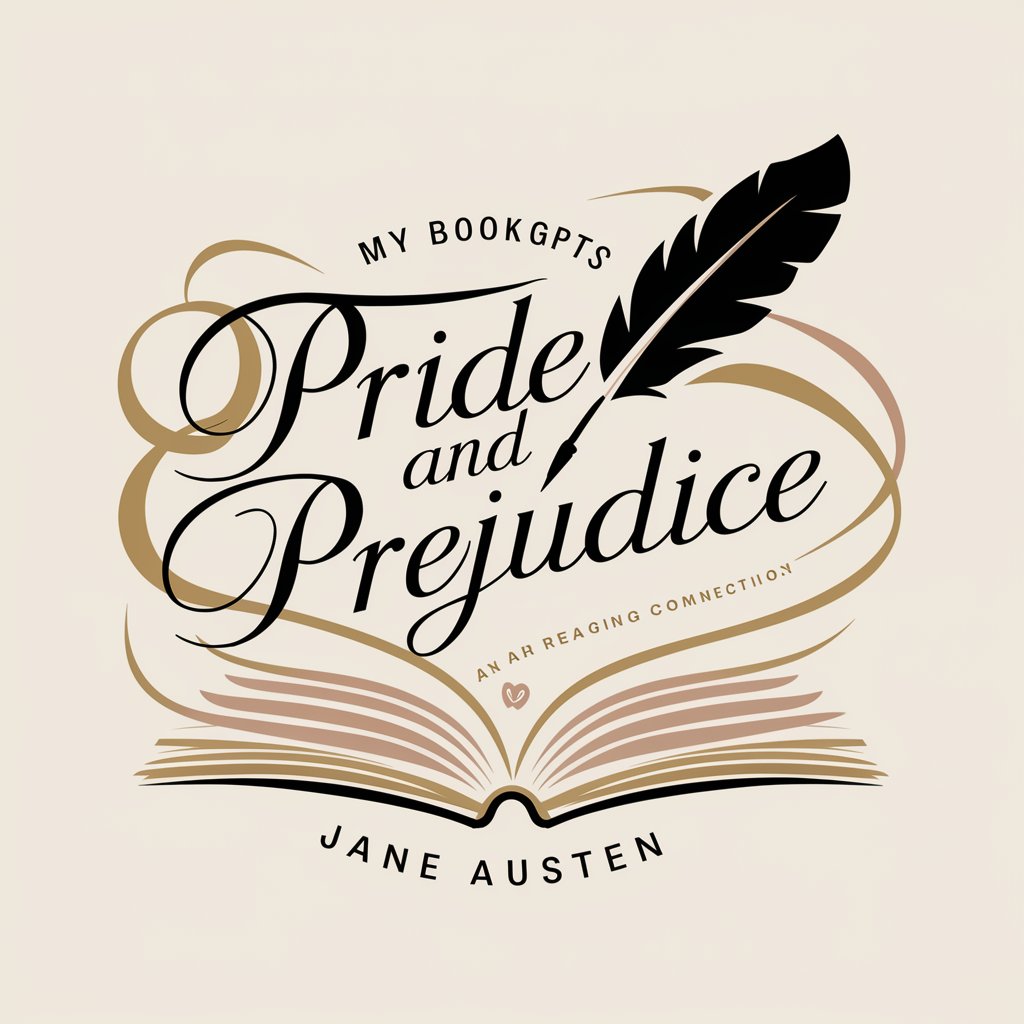
Romeo and Juliet by My BookGPTs
Unravel Shakespeare's masterpiece with AI
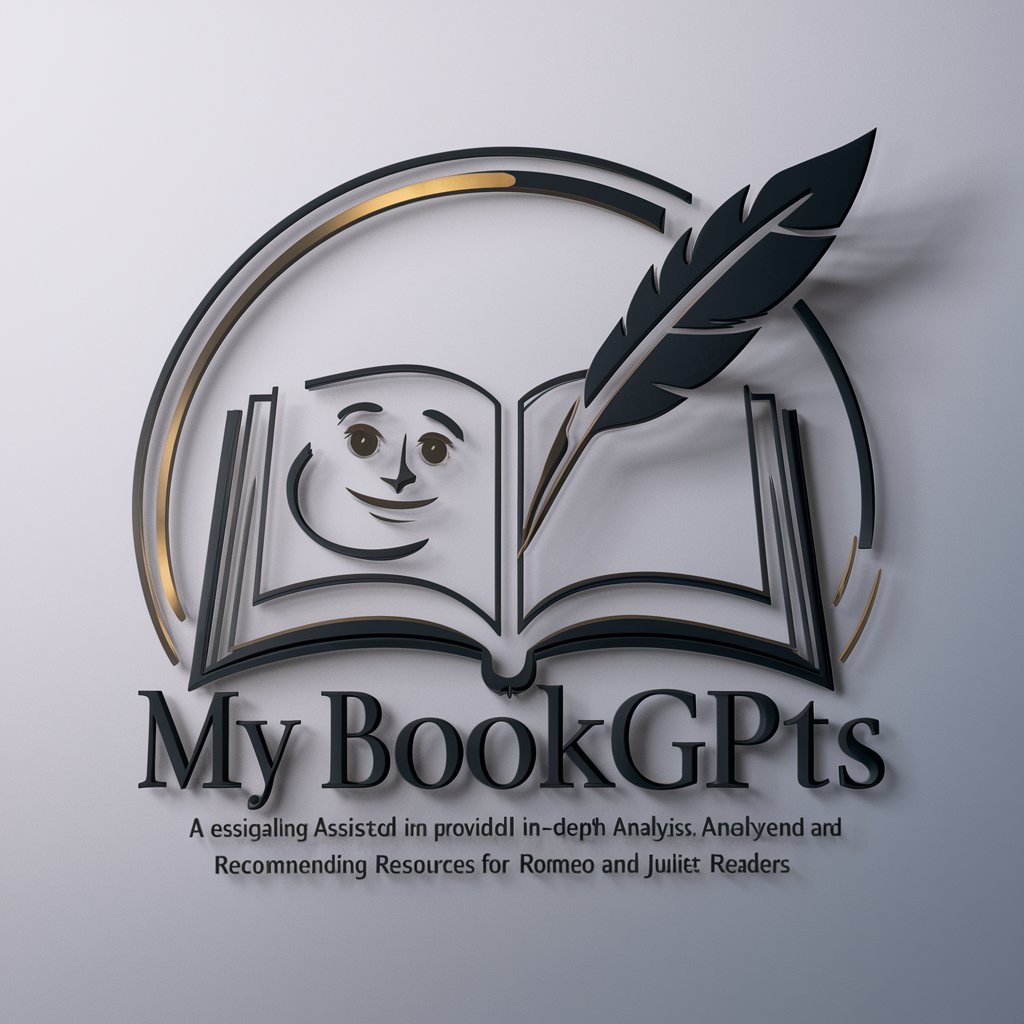
The Picture of Dorian Gray by Oscar Wilde
Exploring morality through AI-powered analysis
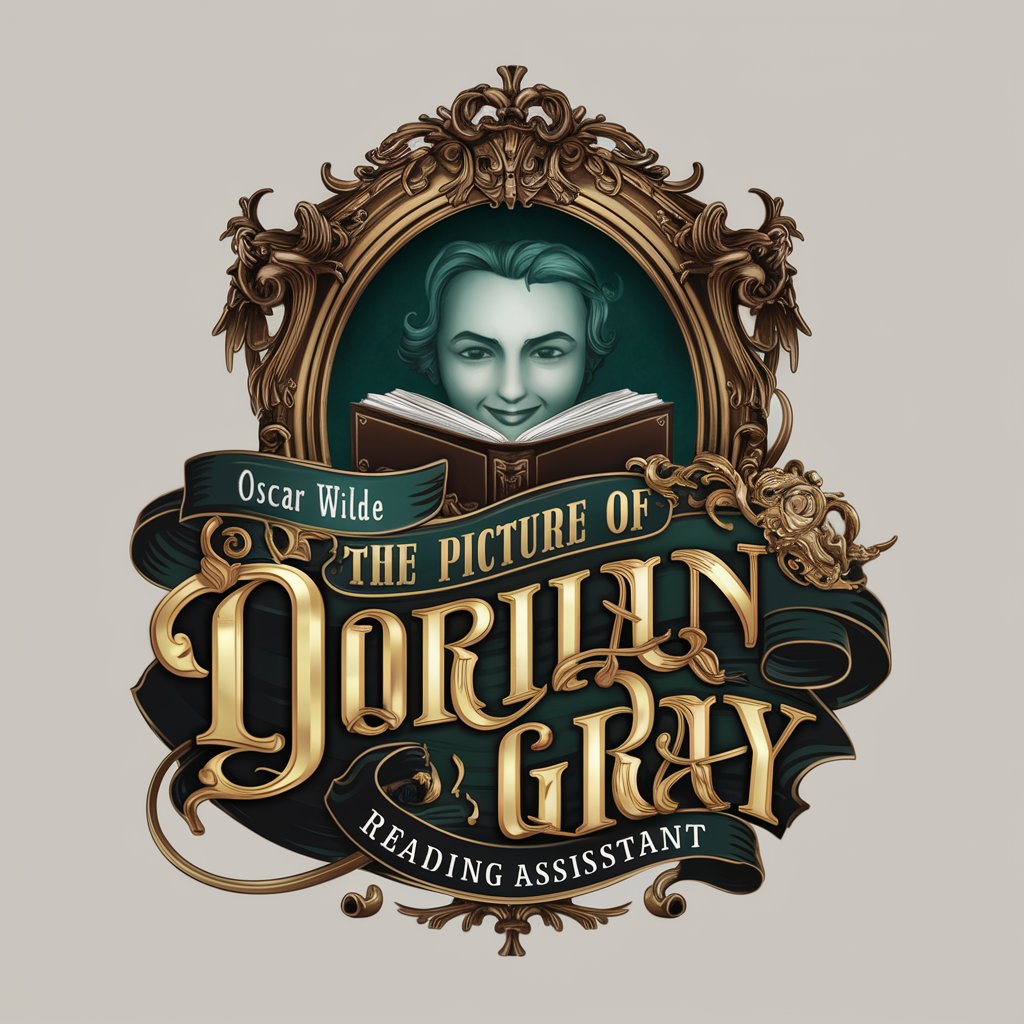
The Scarlet Letter By Nathaniel Hawthorne
AI-Powered Literature Companion
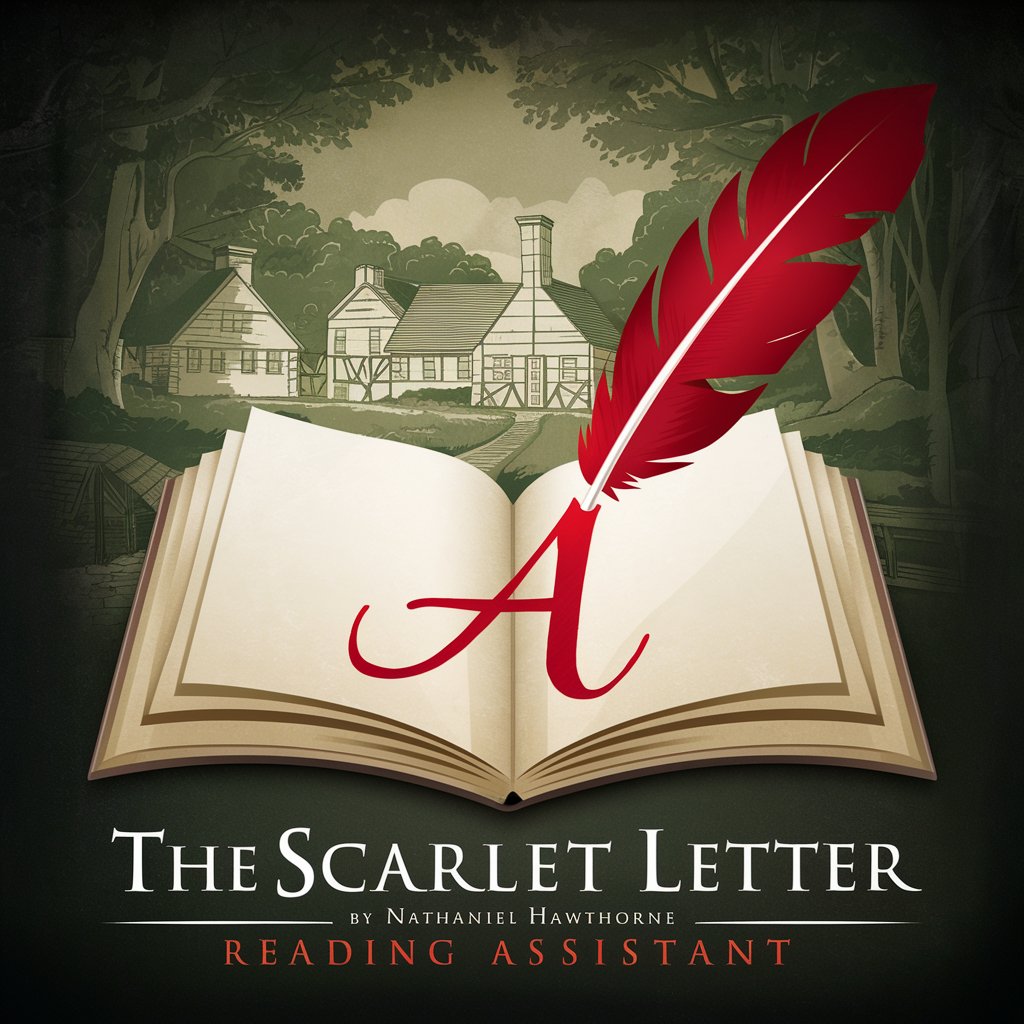
佛教百科
Discover Buddhism with AI-Powered Insights

In-Depth Q&A about 'Dracula by Bram Stoker'
What thematic elements does Dracula explore?
Dracula delves into themes of good versus evil, the conflict between modernity and tradition, the fear of the unknown, and the complexities of human identity and sexuality, reflecting Victorian anxieties and societal norms.
How does the novel's narrative structure affect its storytelling?
The epistolary format, using letters, diaries, and newspaper articles, creates a multi-perspective view that adds depth and reliability to the storytelling, allowing readers to piece together the story from various viewpoints.
Can 'Dracula by Bram Stoker' assist in academic research?
Yes, it offers insights into Victorian culture, gothic literature, and the evolution of the vampire myth, making it a valuable resource for students and scholars in literature, history, and cultural studies.
How does the tool enhance the reading experience of Dracula?
It enriches the reading experience by providing detailed analyses, contextual historical and cultural backgrounds, character studies, and thematic explorations, fostering a deeper understanding of the novel.
What makes Dracula a seminal work in gothic literature?
Its innovative use of horror and suspense, complex characters, and exploration of societal fears and anxieties, coupled with its profound impact on the vampire genre, cement Dracula's status as a cornerstone of gothic literature.
